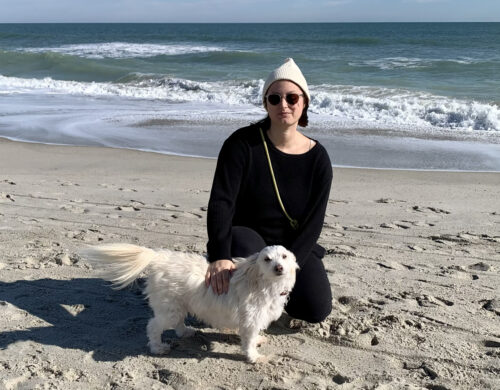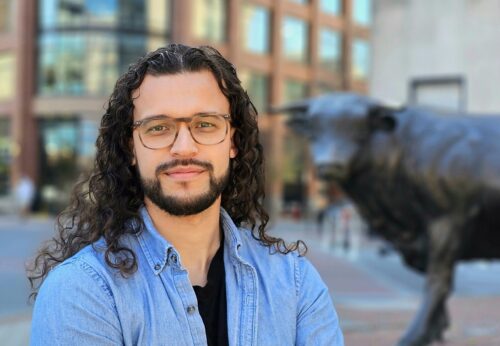Edith Arias
As a teen in the late 1980s, Edith Arias moved from México to San Francisco with her mother and two siblings. Her mother was fleeing domestic violence and economic insecurity; in San Francisco she had family to lean on.
But the transition wasn’t easy. Arias struggled to learn English and had trouble adjusting to campus life at the University of California, Santa Barbara. She came back to San Francisco, but her plans changed after Arias married and gave birth to a baby with special needs.
“This was the hardest time in my life,” she says. “I was 20, still new to this country and learning English.” That made navigating the health care system, communicating with doctors and finding the right resources challenging. As her son grew older and fell behind in school, she needed to constantly advocate for him. Doctors and teachers rarely seemed to understand her son’s real needs. It wasn’t until fourth grade that a psychologist recommended him for separate special education classes.
Arias eventually settled in South San Francisco, where she felt truly at home. A municipal partnership with Habitat for Humanity allowed Arias to purchase her first home in 2008.
Because the city agreed to this partnership, we finally had the stability we needed.
Edith Arias
The local parks and recreation department offered one accessible activity that allowed them to feel included. “We felt welcome in South San Francisco,” she added.
With this stability, Arias poured herself into the community. She volunteered with educational access groups, planned a special needs resource fair and co-founded a support group for Latino families with children with special needs. In 2013, she enrolled at San Francisco State University and is now a special education teacher at Thurgood Marshall High School in San Francisco.
Arias knows she’s making a difference, but she believes system-wide attention is vital to reaching families in need. This is especially true in the educational system. “They still lack the resources to fully support non-English speaking families with special needs children,” she says. “We can and should meet the needs of our most vulnerable right here.”




